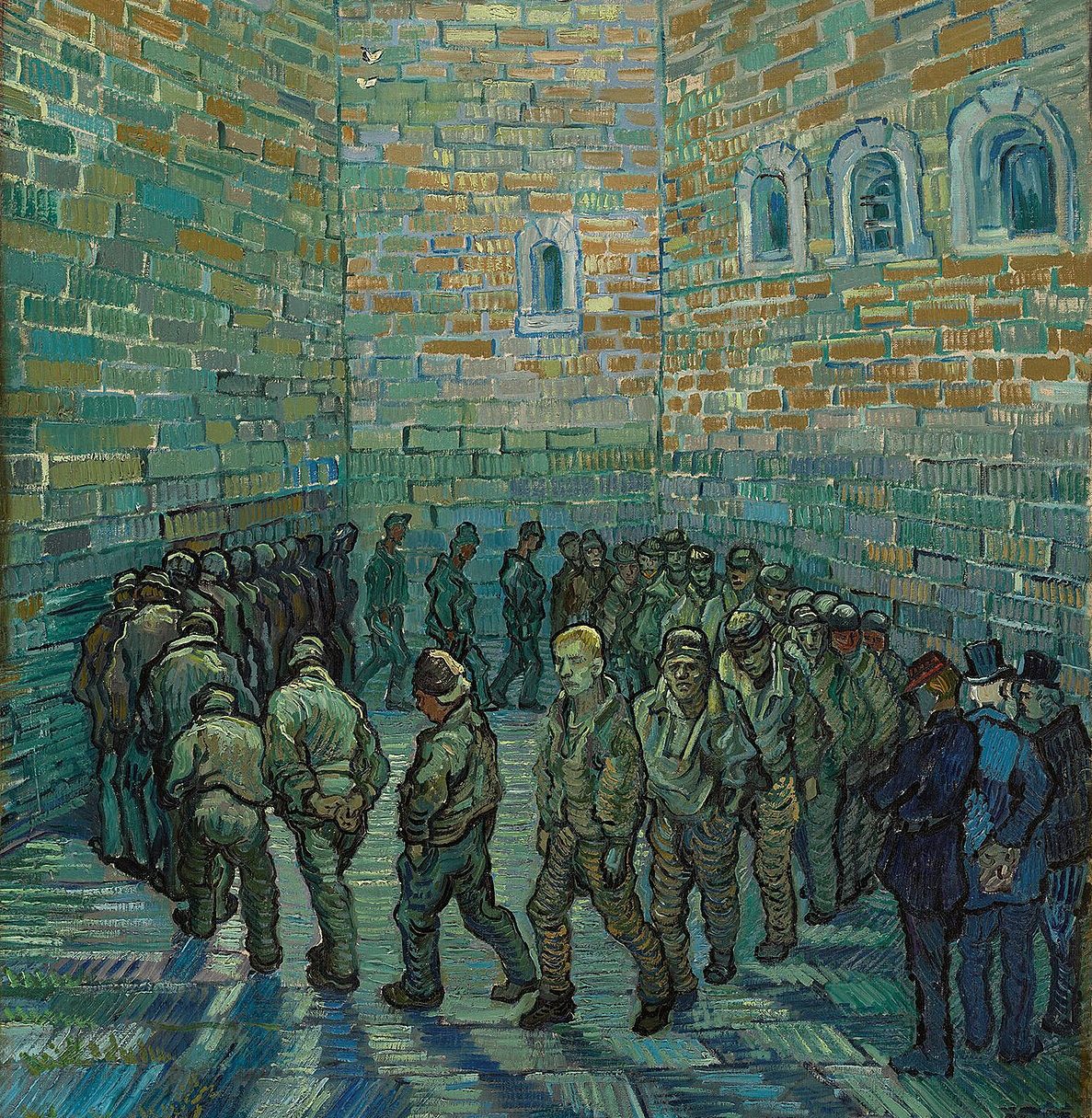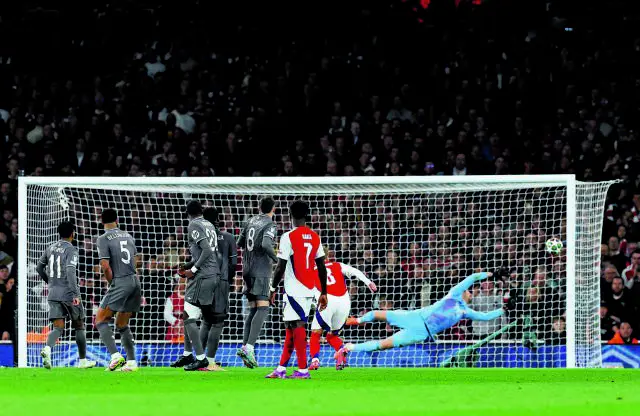What a prison looks like externally, has a seemingly minimal relationship with the prevailing conditions inside.
But design issues touch something deeper: how prisons look like us a lot about how we think about crime and punishment, what we think about prisoners and how we think of our own society, Abdallah Fayyad writes in his article in Vox.
The dilemma of the prison architect
Many factors contribute to how it ends up seeing a prison – including urban planning, community contribution and the needs of those concerned – but the one who designs it plays a very important role.
The problem for many architects, however, is that while they can affect what a prison looks like internally and externally, their job ends there.
What happens afterwards, in the walls that have helped erect, is out of control.
And because the criminal justice system is full of injustices – from racial prejudices to harsh detention conditions – some architects believe that they should not participate in the system at all.
“For almost every injustice in this world, there is an architecture, a plan, a design designed to support it,” said Bryan C. Lee Jr., architect and founder of the non -profit company Colloqate Design, at Architect Magazine in 2021.
The best planning of prison planning
It is undeniable that the way prisons are designed has a significant impact on their way of operation.
The popular design of the 18th century armor, for example, emphasized surveillance and control, turning all prison cells towards a central rotunda from which they could be easily observed.
After 1790 there was a need for the construction of maximum security prisons, and so a new, isolation system was born as an idea- the Pennsylvania system.
In this prisoners stay and work in their cells, without contact with other prisoners.
The above system seemed to be very cruel, as many prisoners were dying or committing suicide.
Old and new prisons
There is a strong contrast between the way the old prisons and the newer urban installations were designed.
“The prisons of the Old School, especially the prisons and 19th -century institutions, were designed to be bullying, to be symbols of power, using heavy masonry, fortress -like windows, to communicate with this sense of impeccable.
“You can’t get in, you can’t go out.”
So as we still have prisons, without the architects thinking how the design can be more anthropocentric, then the criminal justice system as a whole will be proven to be worse: it will not only be unfair in the sense of who is in, but it will be more punitive for people.
How to build a good prison
There is no manual for the design of decent prisons, but it is clear which elements make a better, more human design.
The first factor to be taken into account is the location.
Prisons in urban tissue
The location of a prison is one of the most critical factors in its design.
Prisons that are remote from urban areas often create a sense of alienation and isolation, both for prisoners and their families.
On the contrary, the construction of prisons near urban centers has various advantages.
In addition to easy access to judicial authorities, it facilitates visits from prisoners’ families and prison workers.
In addition, an urban prison offers more opportunities for vocational training and education, which may contribute to the smooth reintegration of prisoners into society.
Despite the advantages, however, the existence of prisons in densely populated areas can also cause social tensions, such as increased police activity and citizens’ dissatisfaction.
‘Normal’ design
Modern prison planning must focus on the creation of human and functional spaces, so that life in prison is as remarkable as possible and with the aim of reintegrating prisoners.
It should be ensured that prisons offer basic conditions of prosperity, such as sufficient natural lighting, comfortable spaces and access to outdoor areas, which help improve prisoners’ mental health.
The design must follow the same principles applied to other homes or to supported living facilities, using open spaces, larger windows and views in nature, to create a positive environment.
The outside and the transparency
The way a prison looks from outside has a significant impact on society’s perception of it.
The darker and opaque the prisons are, the more deterrent and intimidating they become for citizens.
On the contrary, a prison that exudes transparency and openness sends the message that prisoners are not cut off from society, but are part of a system that seeks their restoration.
As the architect Goodale states, prison transparency can reduce the sense of secrecy and fear that usually dominates around such facilities.
Is there a solution?
Prisons are, at the end of the day, inherently complicated structures.
For some, they are a reminder of horrible crimes committed. For others, they represent a deeply defective criminal justice system that hurts more people than they help.
Perhaps the most tempting ideal is to create a society in which prisons will no longer exist.
But as long as they exist, it is best to reform them with a view to healing rather than punishment – humanization and not alienation.
And all this starts with how we choose to design them.
Last news








